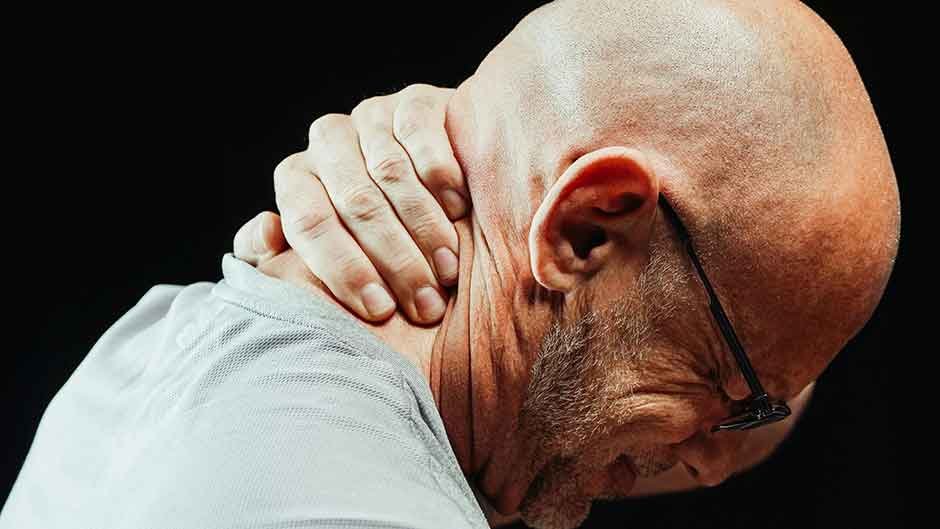Opioid Use for back pain: Recommended or not?

The opioid epidemic is one of the most devastating public health crises facing the United States. According to recent 2021 data from the Centers for Disease Control and Prevention (CDC), over 106,000 Americans died from drug overdoses, with 80,411 of those involving opioids specifically. This marks a significant increase from even 2020 numbers and represents an immense human tragedy (Drug Overdose Death Rates | National Institute on Drug Abuse, 2023).
Behind these abstract figures are stories of lives lost and families destroyed. The rise has been sharp and deadly; back in 1999, fewer than 4,000 Americans died from prescription opioid overdoses. Additionally, while legally prescribed medications played a part in the current crisis’ early stages, illegal synthetic opioids like fentanyl are largely to blame. Still, the contributions of the healthcare system cannot be ignored.
Back Pain and Opioid Prescriptions
A major driver of initial opioid prescribing practices was the treatment of chronic back pain. Persistent back pain affects over 100 million Americans and is the leading cause of disability worldwide. Desperate for relief, many patients turned to opioid medications prescribed by well-intentioned providers. And while these drugs can provide temporary analgesia, they come with significant risks including addiction, tolerance, hyperalgesia, and death.
So how should back pain be treated if not with opioids? Recently updated guidelines from the American College of Physicians aim to provide answers. They outline an array of non-pharmacological options for both acute and chronic back pain while attempting to curb opioid overprescribing.

Latest Guidelines for Back Pain Treatment
For acute back pain lasting less than 12 weeks, non-pharmacological therapies should be tried first. These include superficial heat, massage, acupuncture, and spinal manipulation. If medication is still needed, non-steroidal anti-inflammatory drugs (NSAIDs) like ibuprofen or muscle relaxants are recommended.
For chronic back pain lasting over 12 weeks, those same non-pharmacological options should be prioritized, specifically exercise, multidisciplinary rehabilitation, mind-body therapies like yoga or tai chi, and cognitive behavioral therapy. If those fail to provide adequate relief, NSAIDs, duloxetine, or tramadol could be considered. Opioids should only be a last resort in severe cases, given the profound risks.
The McKenzie Method for Spinal Pain
One promising non-pharmacological approach highlighted in the guidelines is the McKenzie Method, or Mechanical Diagnosis and Therapy (MDT). This evidence-based system uses exercises, manipulations, and education to treat mechanical back and spinal pain. It has demonstrated effectiveness for pain lasting less than 3 months as well as over 12 weeks.
Key to the McKenzie Method is properly classifying each patient based on how their pain responds to repeated movements and positions. This typically takes only 1-5 visits and identifies those likely to respond favorably. For non-responders, the latest guidelines suggest referring to therapies like massage, acupuncture, mindfulness meditation, and careful pharmaceutical pain management.
For those able to utilize it, the McKenzie Method often successfully improves function and alleviates pain by enhancing spinal biomechanics through targeted exercises. For back pain sufferers eager to avoid opioids, MDT represents an excellent first-line treatment option, per the latest clinical recommendations. Consult local physical therapists certified in McKenzie techniques to determine if it’s right for you.
A Hopeful Future
While the opioid crisis continues ravaging communities across America, the latest back pain treatment guidelines represent a shift away from well-intentioned but overly-reliant opioid prescribing. Instead, they promote evidence-based non-pharmacological therapies focused on patient education,mind-body practices, targeted exercises, and manual manipulations.
For many back pain sufferers, the future looks hopeful. Through alternative treatments like the proven McKenzie Method, we can curb opioid overprescribing while still compassionately caring for those in pain. It will require diligence from patients, clinicians, and policymakers alike, but the foundation has been laid for positive change.
References
- Drug Overdose Death Rates | National Institute on Drug Abuse. (2023, September 25). National Institute on Drug Abuse. https://nida.nih.gov/research-topics/trends-statistics/overdose-death-rates





